The number of storks arriving in Akçapınar, a neighborhood known as “Stork Village” in Muğla, southwestern Türkiye, has increased this year. In the neighborhood, which has more than 50 nests, around 40-45 storks have already settled in their nests. It is expected that all nests will be occupied by the end of March.
For years, storks have been coming to Akçapınar, located along the Gulf of Gökova, to breed. Since March 1, they have started settling into their nests. Some storks are waiting for their mates on the special wooden and concrete poles built for them, while those that have reunited with their mates are preparing their nesting areas for the new breeding season.
In the early 2000s, the number of storks decreased significantly after they built nests on poles with electrical wires, causing young storks to fall and be electrocuted. The number of nests dropped to just 10-15. However, thanks to efforts by the Ula District Governor’s Office and the local administration, the electrical wires were moved underground, and new poles and nests were built for the storks.
Akçapınar Neighborhood Headman Şener Baykara announced that preparations have begun for the “Stork Festival” and “Stork Safari,” which will take place at the end of June. Baykara stated, “In previous years, we worked on improving the electrical infrastructure and replaced overhead wires with insulated cables, preventing the storks from getting electrocuted.”
“This year, they arrived a bit earlier in early March, likely due to weather conditions. Currently, we have around 40-45 storks in our nests, and their numbers are increasing daily. Only 4-5 nests remain unoccupied, but we are confident they will be filled soon. The breeding season continues until Aug. 1, when the newly hatched storks leave,” he said.
“We are the only neighborhood in the Ula region hosting stork breeding, and we take this responsibility seriously. The entire community contributes to maintaining the nests. Compared to last year, we have seen an increase of 20-25 storks, and we expect even more next year. During the last week of June, we organize stork festivals, guided tours for visitors, observation towers and designated photography areas,” he concluded.

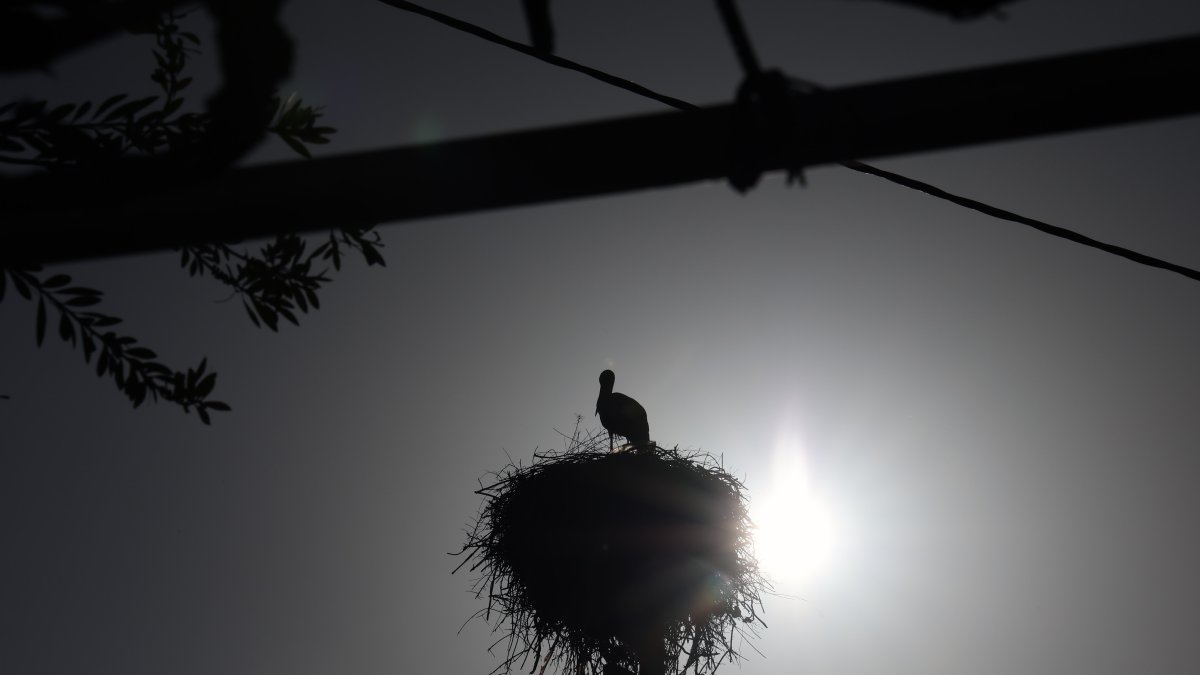



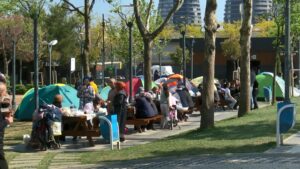


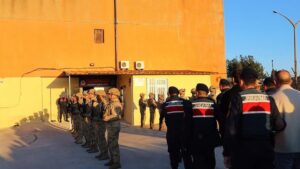
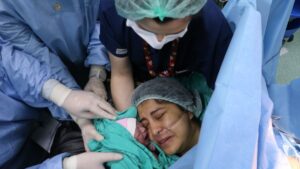









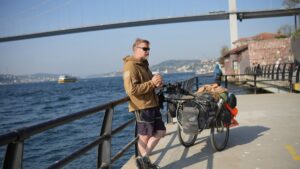
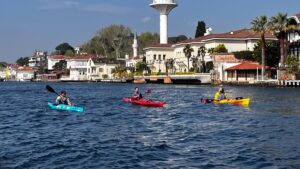
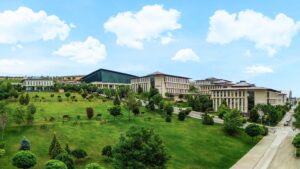


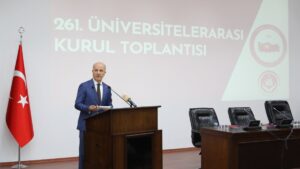



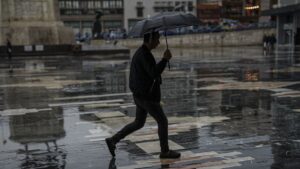
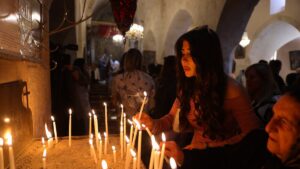

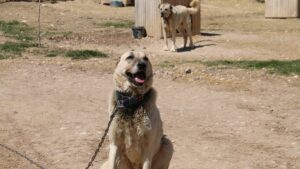
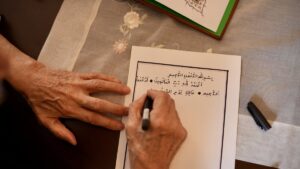



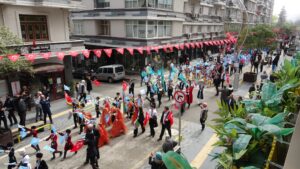

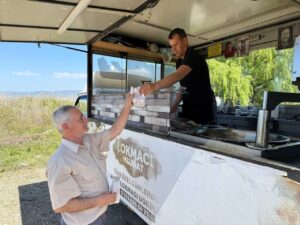


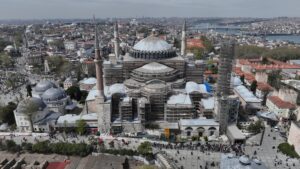


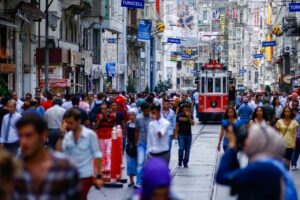
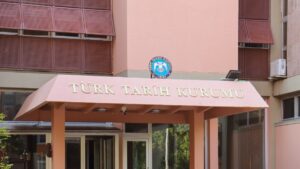
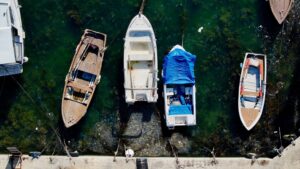

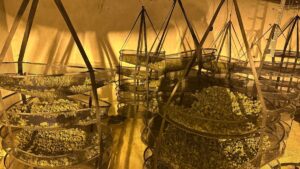

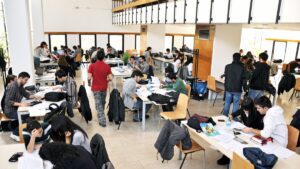

Be First to Comment